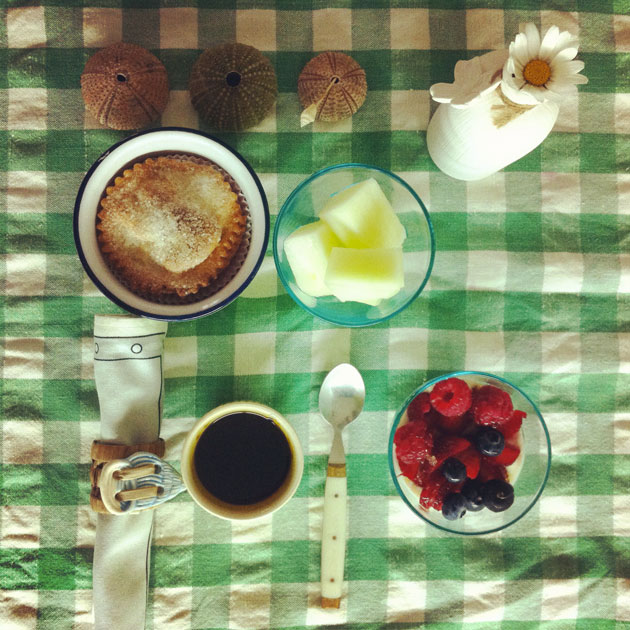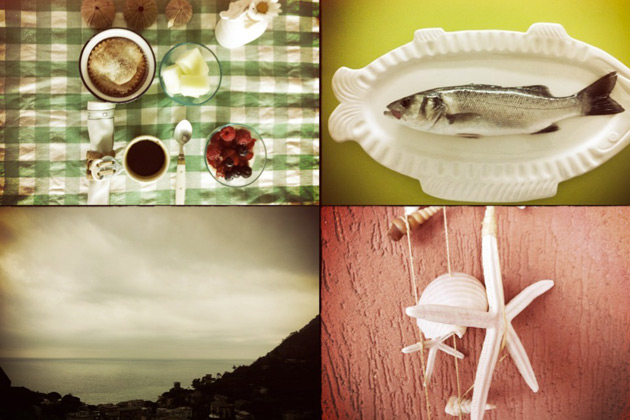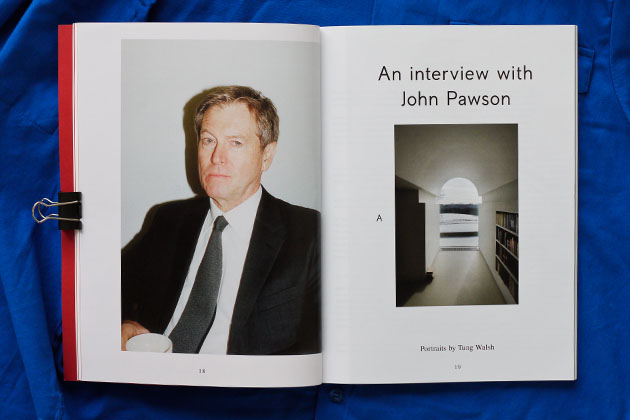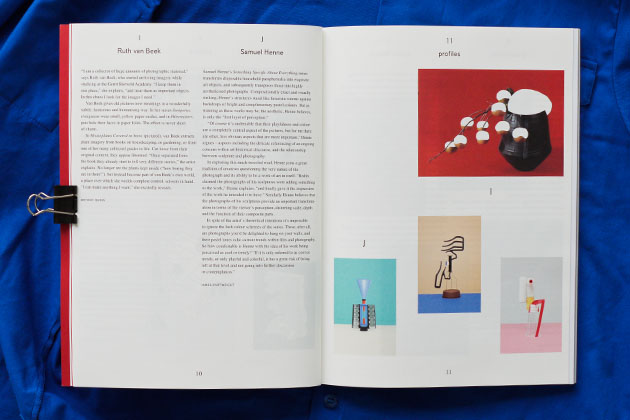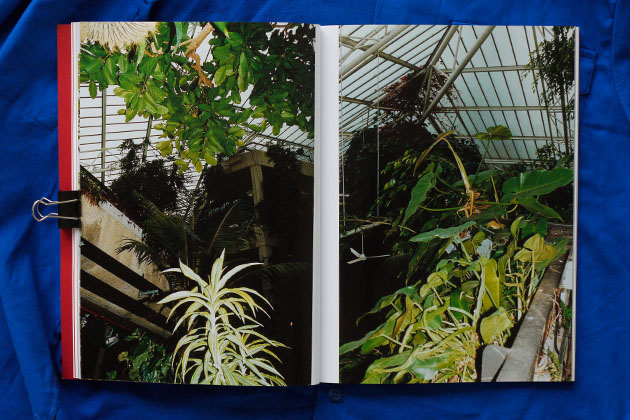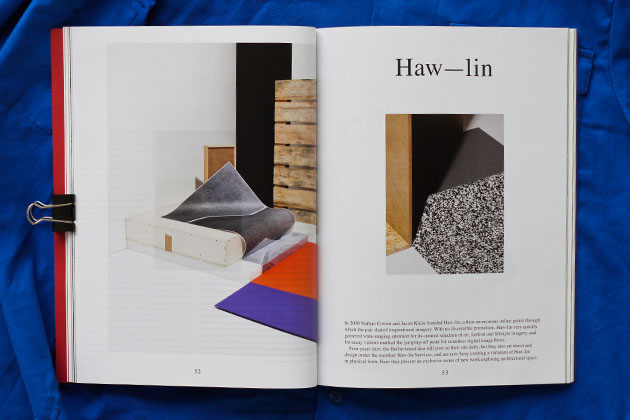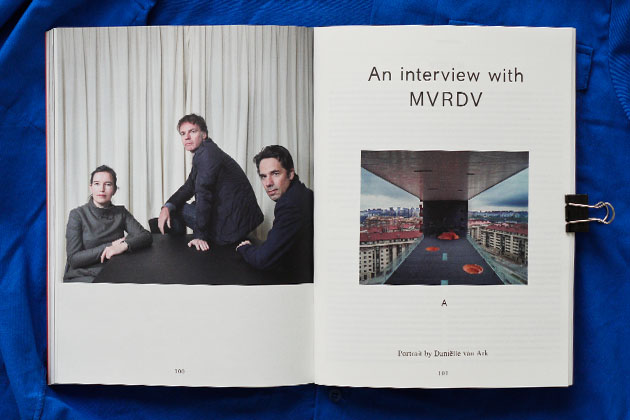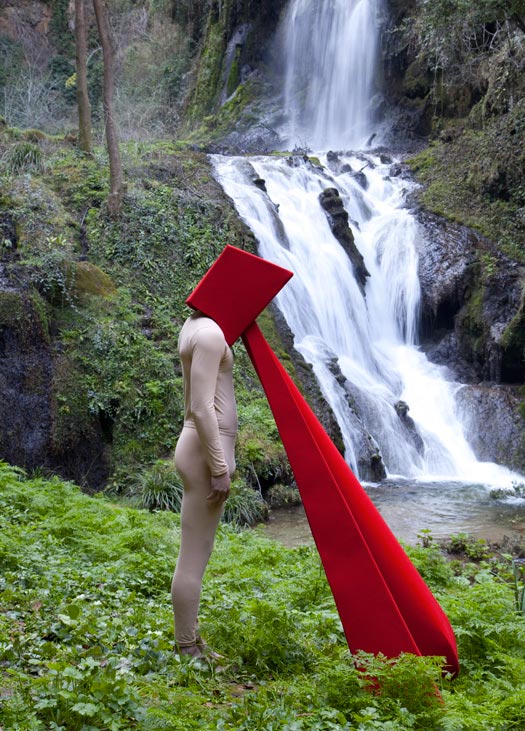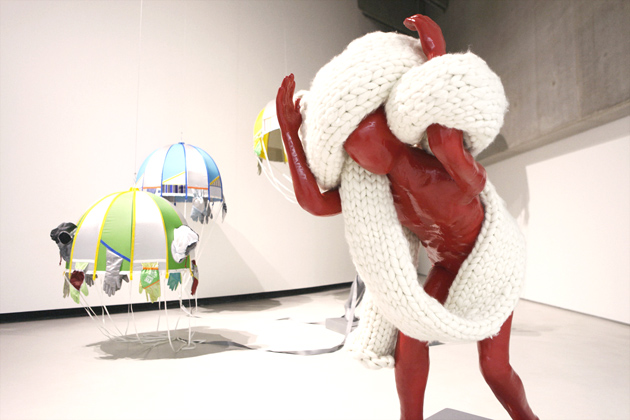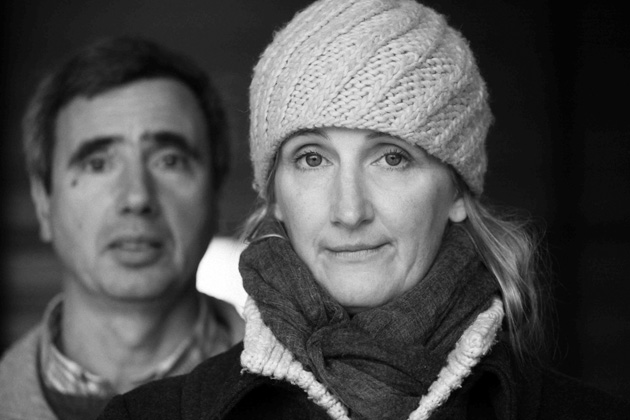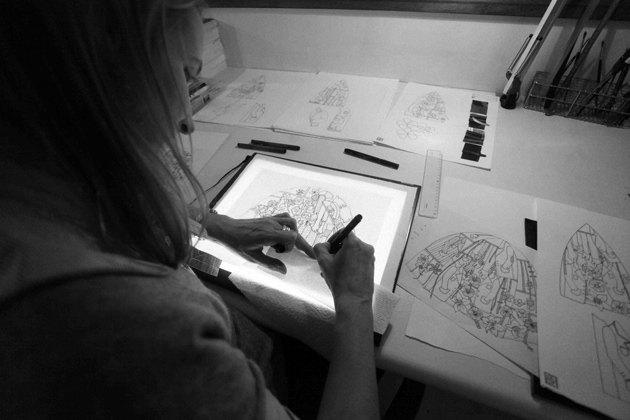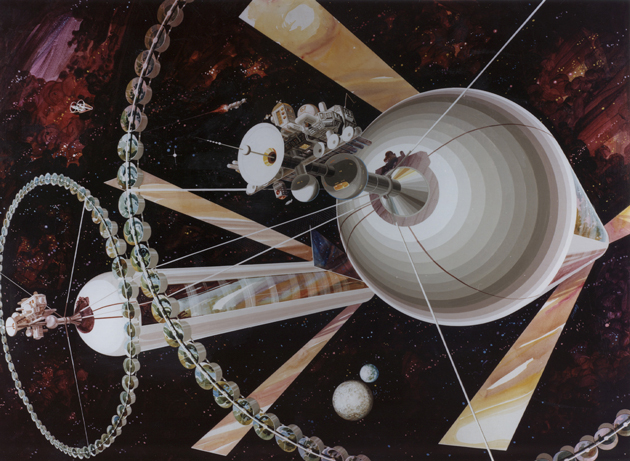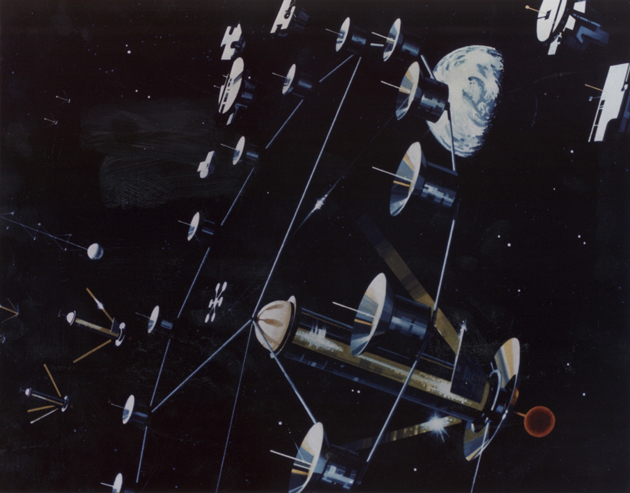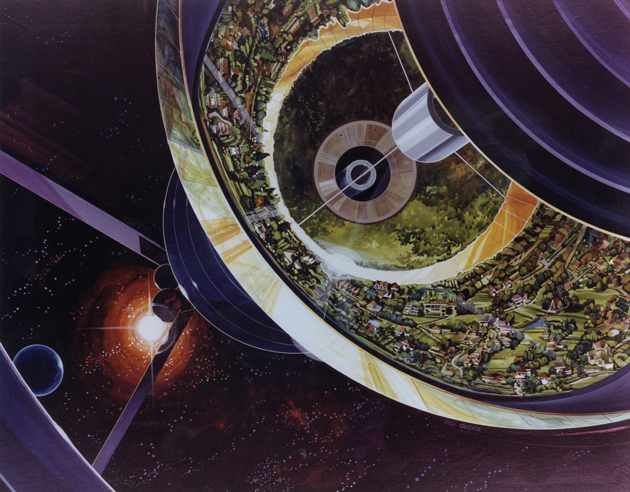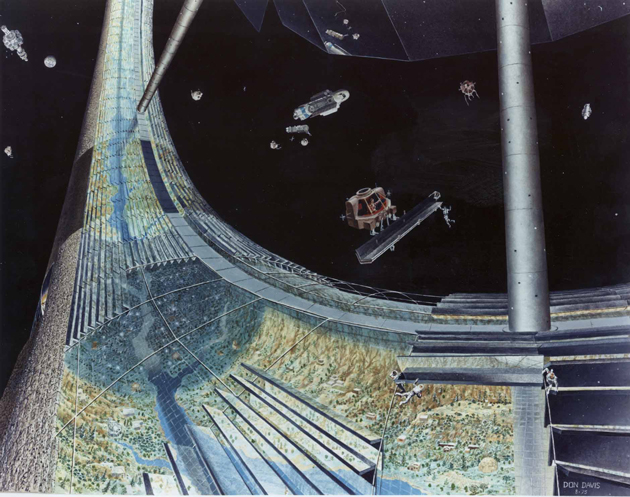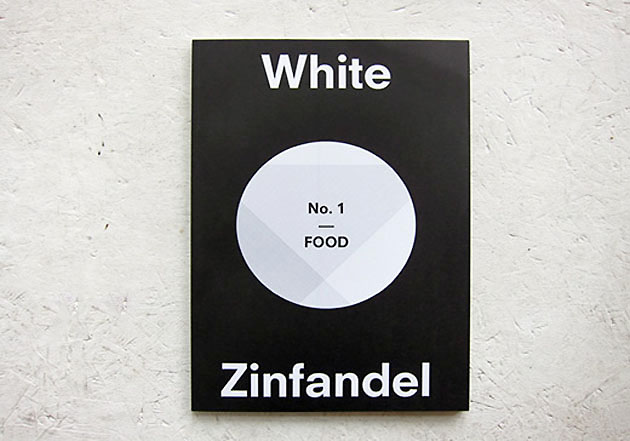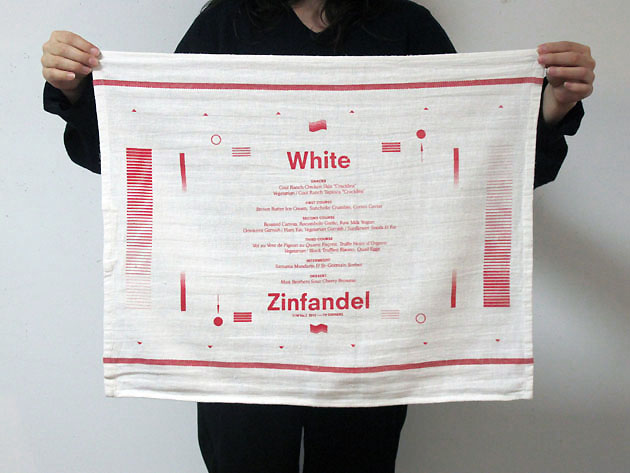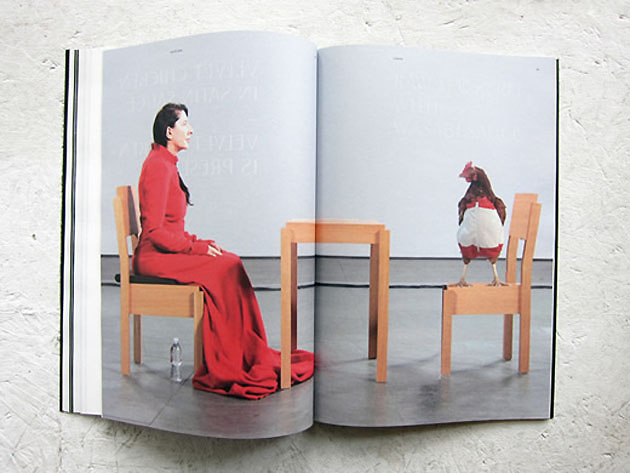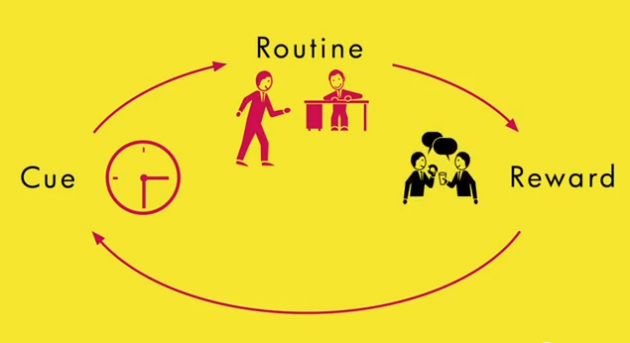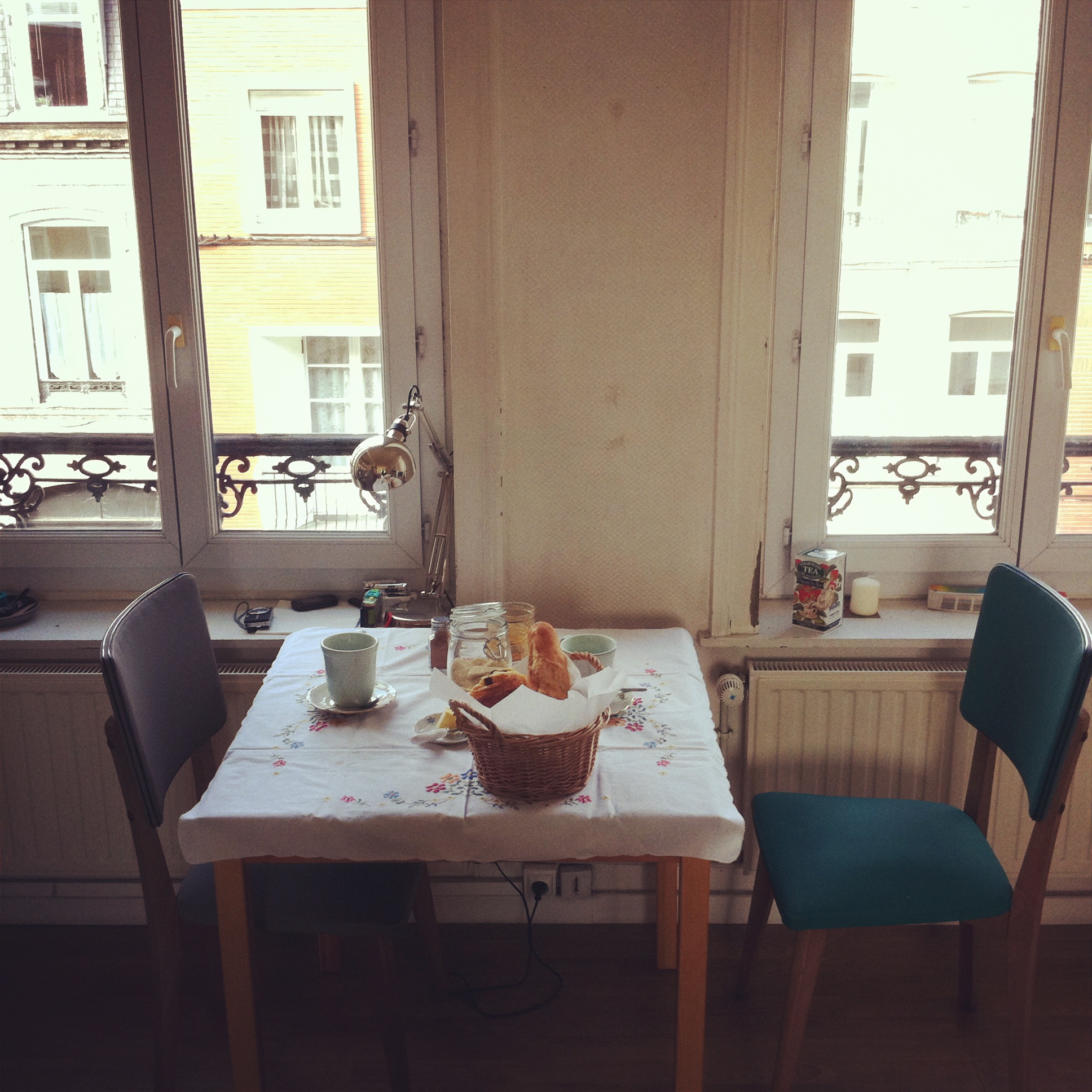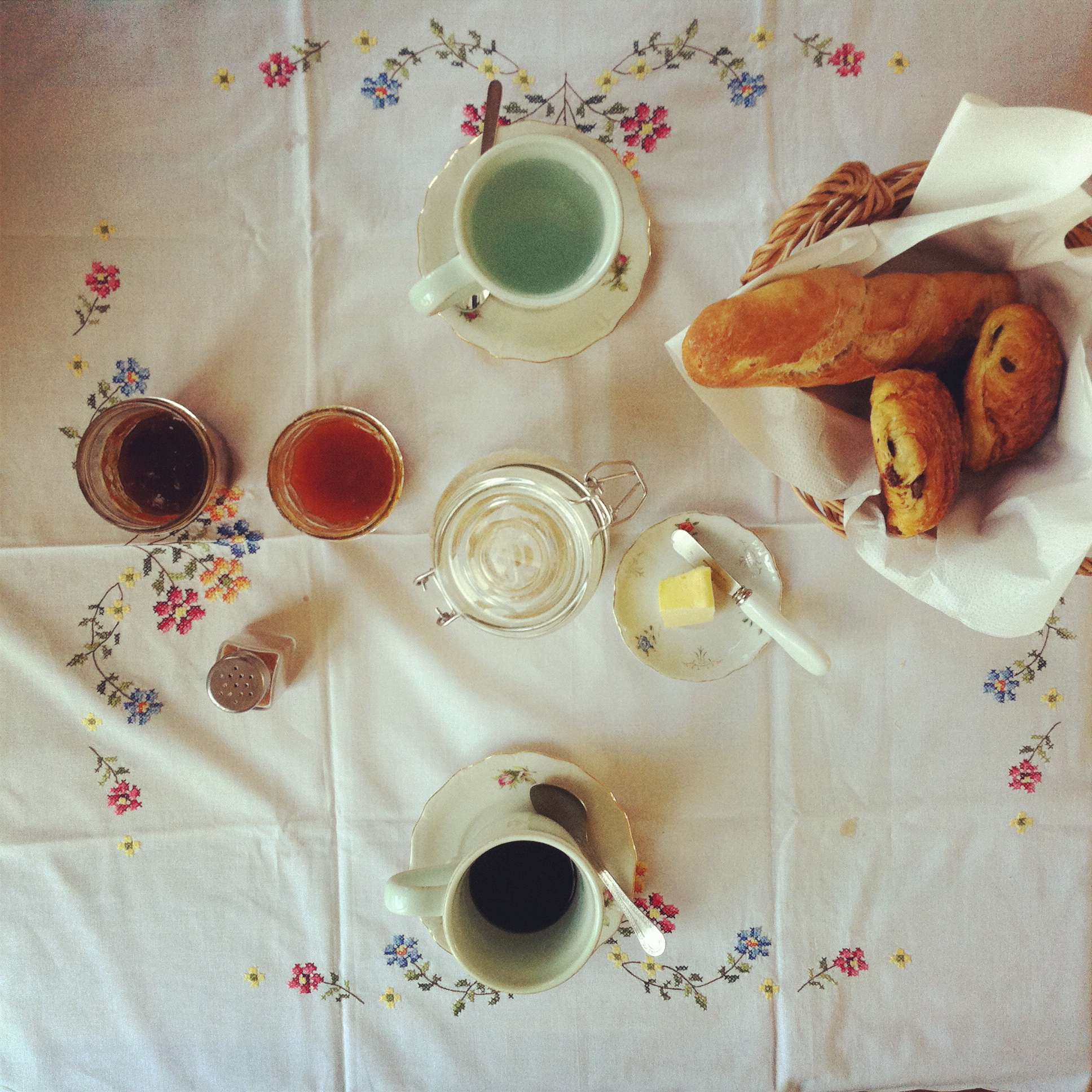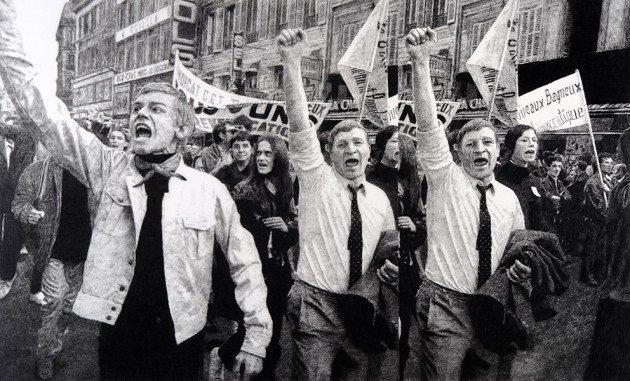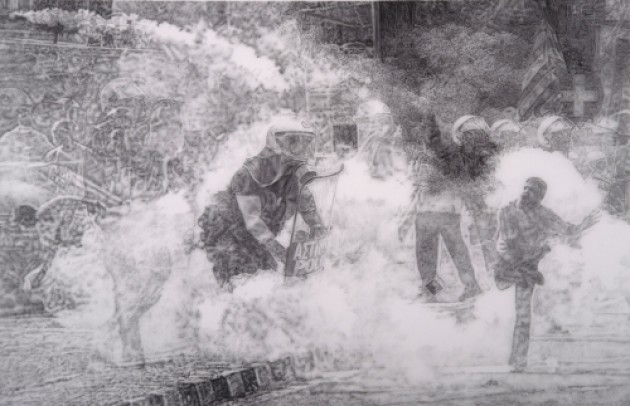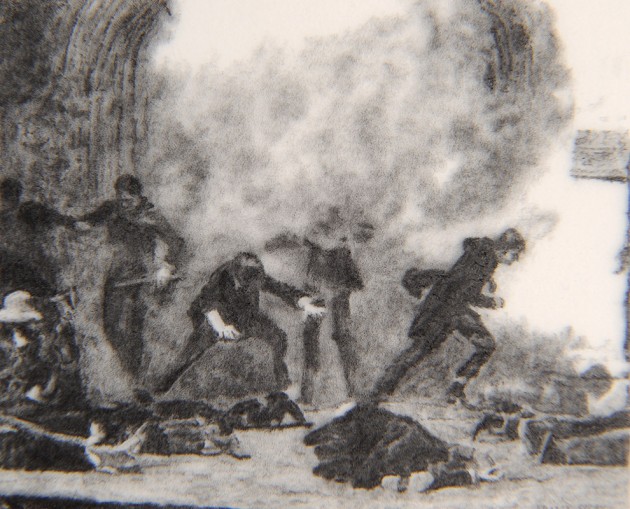Walking With Fire
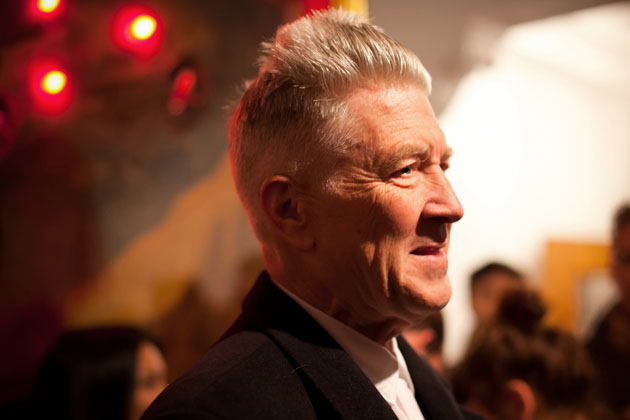
It was Jack Fisk who once said, “Luckily, David Lynch is able to vent everything through his art… because otherwise somebody might be dead.” This thought weighed heavily on my mind as I waited my turn to shake hands with the man behind existential nightmares like Blue Velvet and Lost Highway. After all, David Lynch hasn’t made a full-length movie since 2006’s Inland Empire, and he seems to be spending a lot of time sponsoring nightclubs and jamming with Moby these days. I couldn’t help but wonder: has David Lynch been venting enough?
Anyone brave enough to sit through Crazy Clown Time, Lynch’s recent excursion into pop music territory, has every right to be worried. This is, after all, the man who made a hit soap opera about incest. Then again, Lynch rarely leaves home, preferring instead to stay in and paint, make nonsensical cartoons, and follow his mind to the depths of hell and back. This is his first solo New York exhibition since 1989. It’s hard to catch him, but I’ve done enough homework over the years to know that the flesh-and-blood Lynch is far removed from the horror he projects onto film. A proud Eagle Scout, he’s been wearing his own vanilla uniform since the late 70s: black shoes, khaki trousers and a white dress shirt buttoned to the neck, with a mop of brilliant white hair that looks like it got a little to close to the electrical outlet. His neighborly demeanor couldn’t be more at odds with the inner workings of his mind. This is a good thing. He is very polite. He smiles at people and shakes their hands and nods politely when they ask silly questions. At the same time, no one on this side knows the real David Lynch. Mel Brooks famously described him as “Jimmy Stewart from Mars”, and that’s about as close as we’re going to get.
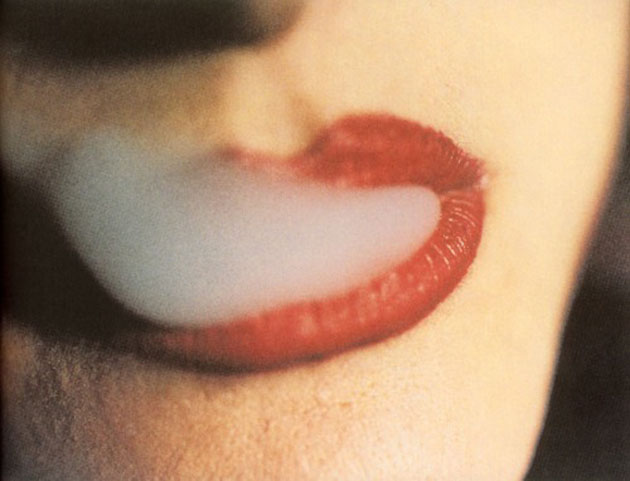
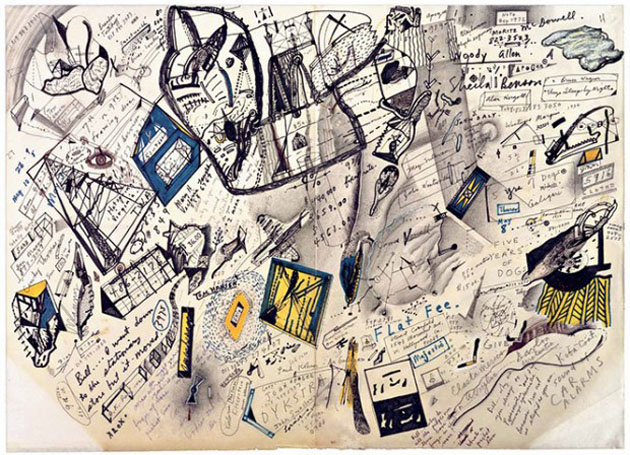
David Lynch is in good shape, but his characters never are. They haunt his black canvases without form, only problems. Lots of problems. They’re “fucking broke,” as one goes, or dismembered, and usually on fire, their faces hanging out of the canvas like a grapefruit tumor swaying on a cow’s udder. Everything rots, no one is safe. One, “Fisherman’s Dream w/ Steam Iron”, features a fisherman’s hand bursting through a beached salmon, one of his fingers growing towards a mermaid lounging at the water’s edge. Somehow, the fisherman’s hand seems happy.
The paintings sit on the wall like boxes, wonderfully framed in thick gold frames and heavy glass. What’s inside makes Rene Magritte look like a journalist. David Foster Wallace gave the best definition of the man’s cinematic style―a style so singular it’s simply called “Lynchian”―when he said the term refers to “a particular kind of irony where the very macabre and the very mundane combine in such a way as to reveal the former’s perpetual containment within the latter.” Lynch is innately fixated with childhood dreams gone awry up against a paranoid, corrupt adult-dominated world (Blue Velvet, for starters). One painting, “No Santa Clause,” features a boy without a face watching Santa and his gang fly out of sight. It could be taken as a metaphor for how the acquisition knowledge ultimately crushes fantasy, or it could be about an evil Santa who eats the flesh off of little boys’ faces. It all depends on whether or not David Lynch believes in Santa.
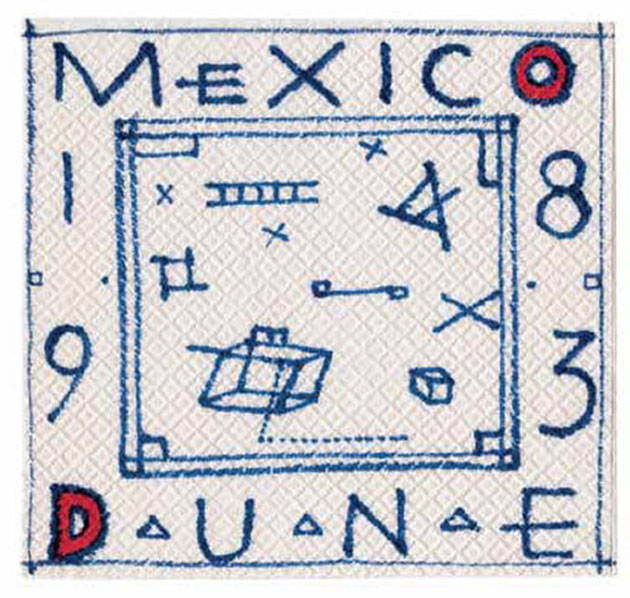
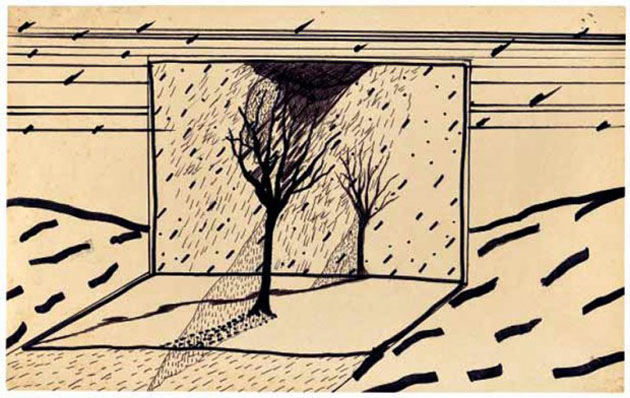
David Foster Wallace also unfairly/hilariously described Lynch’s paintings as looking like “stuff you could imagine Francis Bacon doing in junior high.” The “Distorted Nudes” here are an obvious ode to Bacon’s triptychs of deformed freaks, but they’re more tip-of-the-hat than pale imitation, and even these have the unmistakable imprint of the man who built them. They are, to use the term, Lynchian.
Seeing someone in pictures is very different from seeing them in person, and it’s particularly weird when the two seamlessly match up. They do here. David Lynch looks like David Lynch, alright. “Please remember you are dealing with the human form,” we were warned back in 1968’s “The Alphabet.” I tried my best to keep that in mind when my turn to shake his hand finally came.
David Lynch at Jack Tilton Gallery, March 6th–April 14th, 2012

Lane Koivu – Images courtesy of David Lynch and Emily Paup
